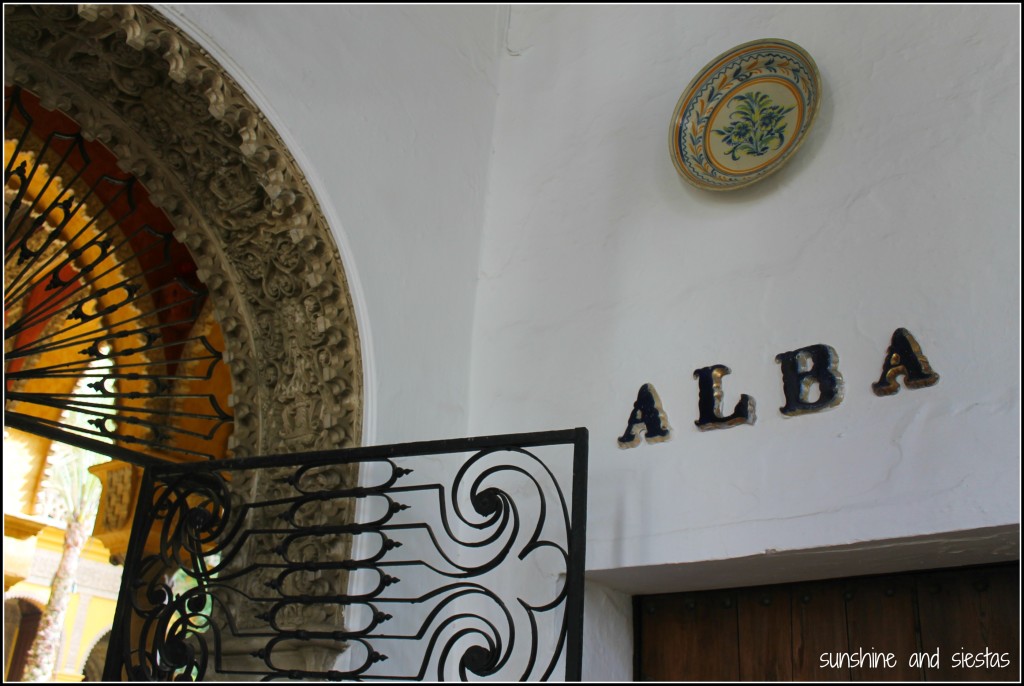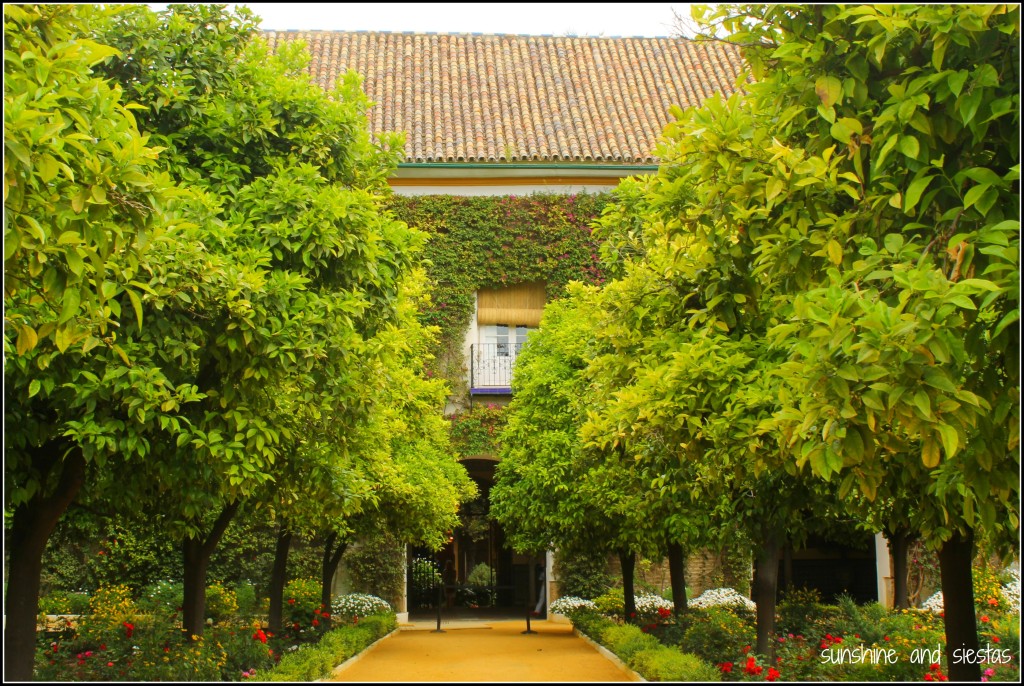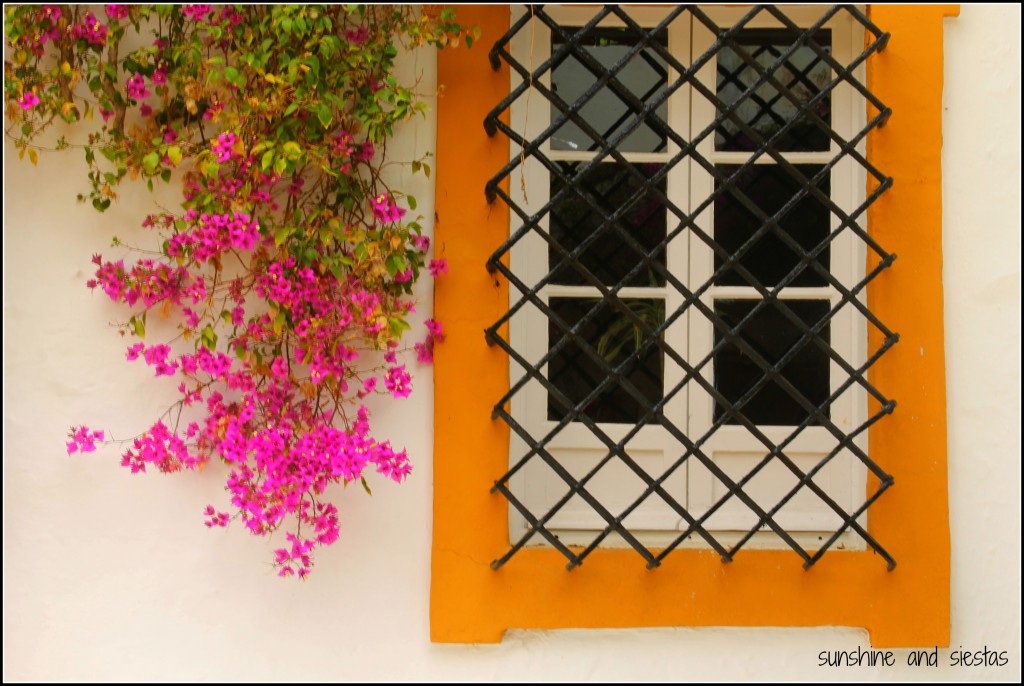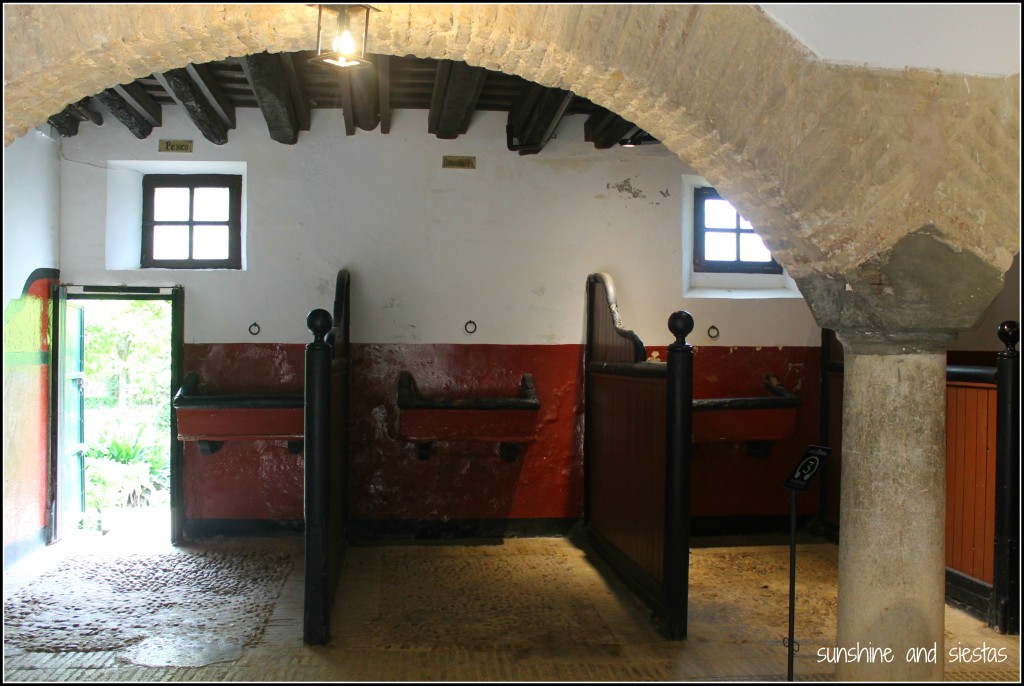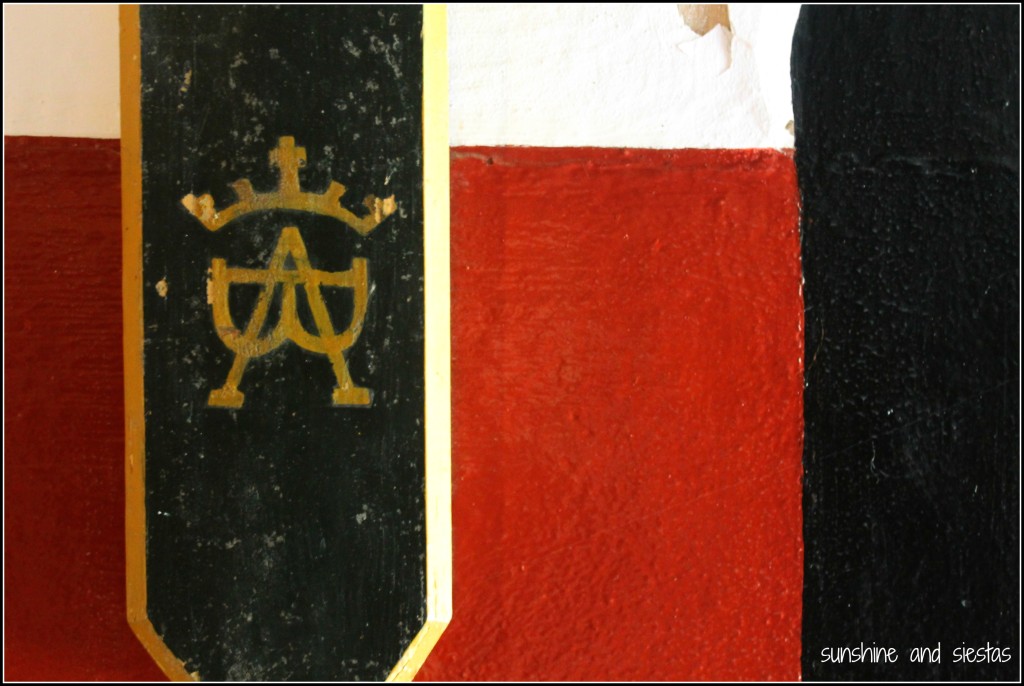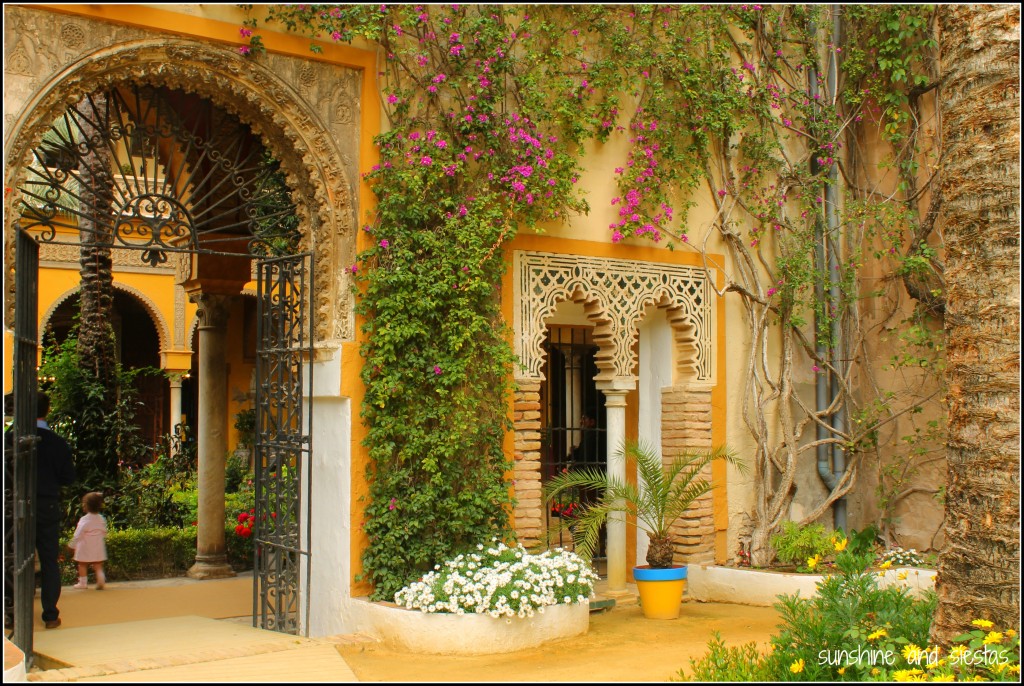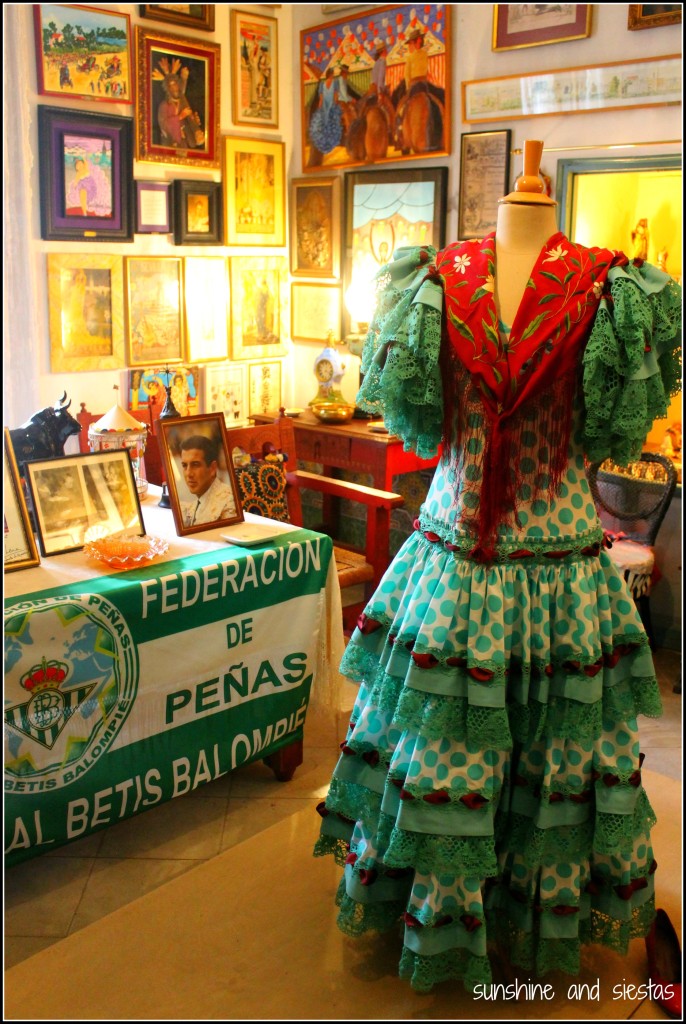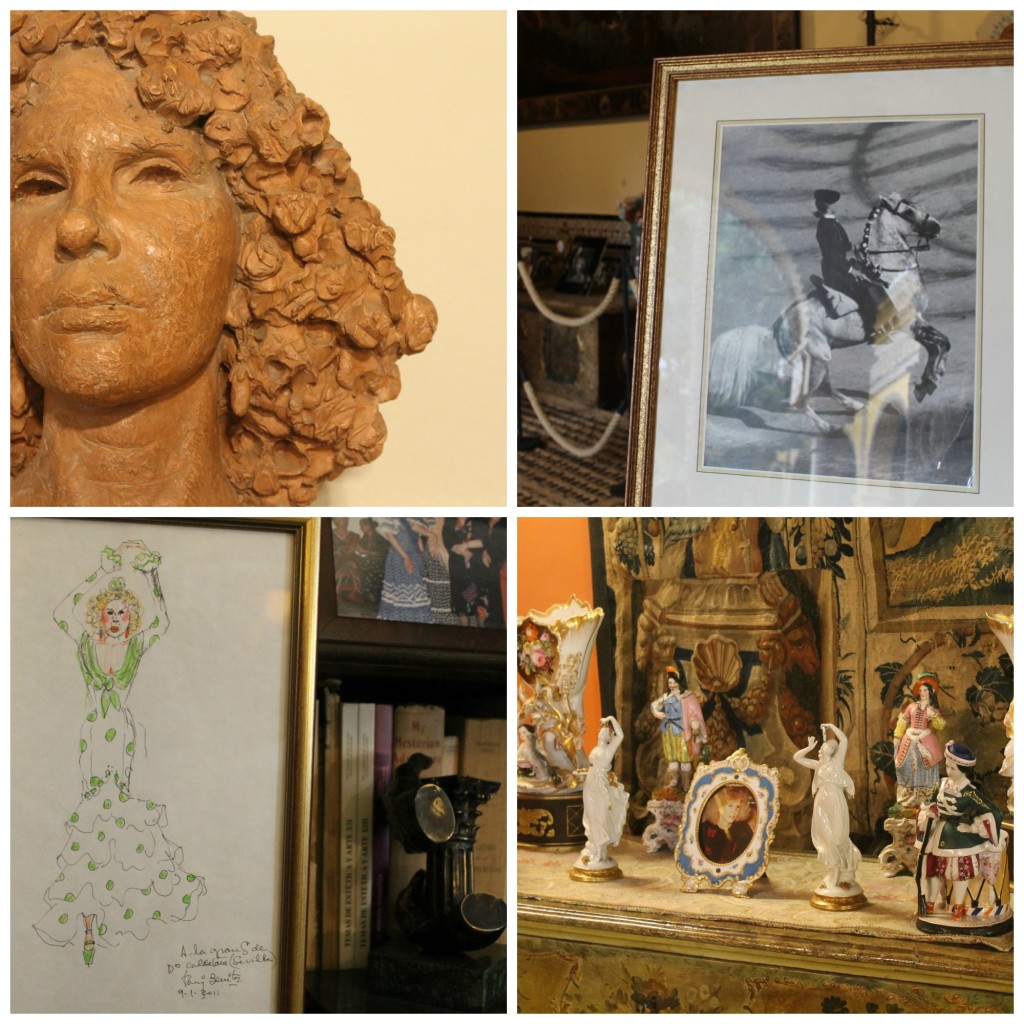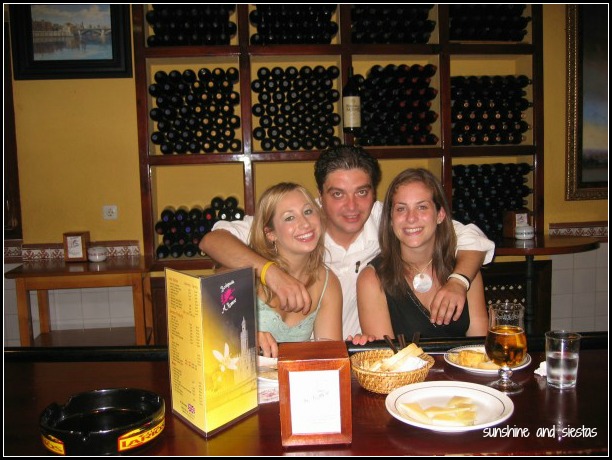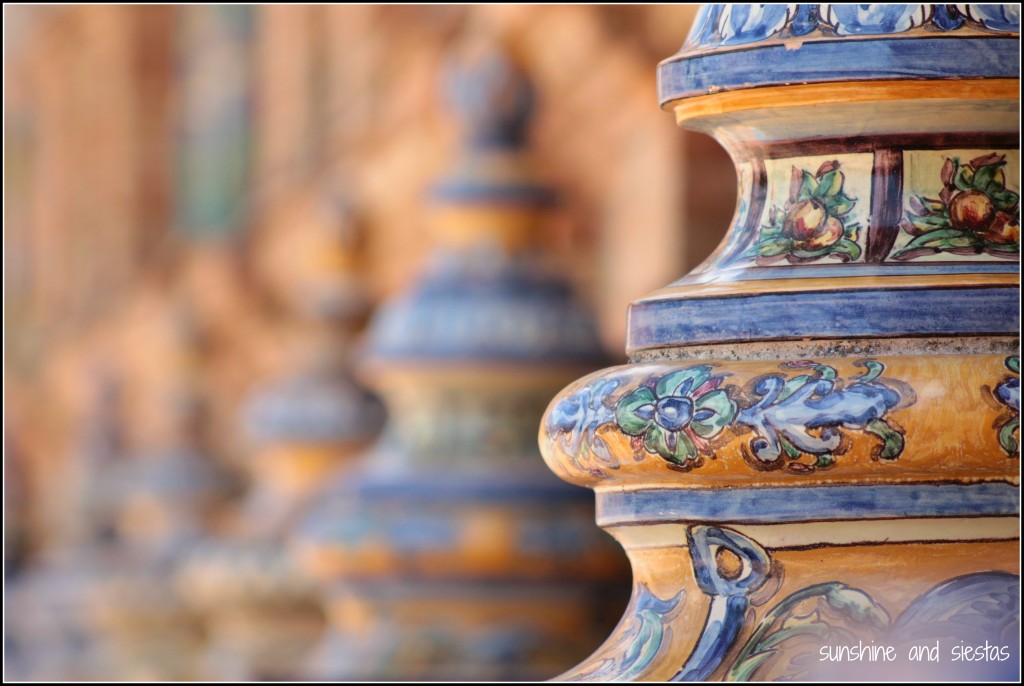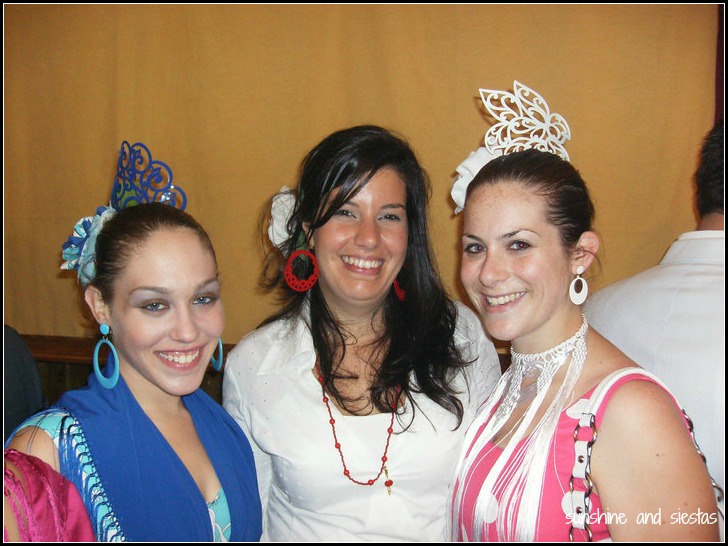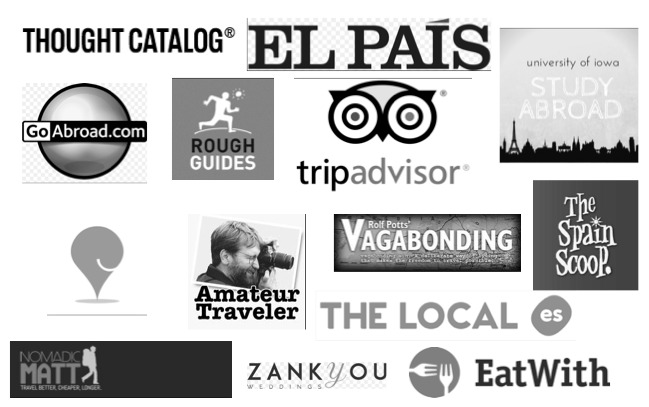updated November 2025
The Spain of my pre-Sevilla had one leading protagonist: Miguel de Cervantes Saavedra. Spain’s most famous author is best known for his chronicle of Spanish knighthood, Don Quijote, Man of La Mancha, and he penned the book while living in Valladolid over 400 years ago.
If you’ve ever studied Spanish, you’ve likely been force-fed the adventures of a wayward knight whose fantasies took over his perceptions of daily life. These days, my fantasies have been about getting out and exploring my new city and its surrondings.
So it seemed only fitting to make our first day trip from Madrid to Alcalá de Henares, the city in which Cervantes was born and to which his name is commonly associated to pay an early homage to his and contributions to the Spanish language and its literature. In fact, it’s a UNESCO World Literature city, anchored by the Spanish bard and the Universidad de Alcalá, a leading institution in Spain. And ut’s an easy daytrip from Madrid without a car or the need for an overnight stay.Alcalá de Henares is a town of 200,000, making it a city by Spain standards, and it’s got a large, lovely student population. But on a long weekend in the middle of summer, the city itself was about as dead as Cervantes – plazas and bars were empty and shops closed. The historic center itself is small and easily walkable, a pleasant cross between the squat, wood-laden buildings conserved from the 16th Century and a modern city with a cutting-edge educational institution.
Take a self-guided walk through Alcalá de Henares, an easy jaunt from the train station:
Plaza de Cervantes

Start at the central plaza in town. Ringed with benches and Spanish abuelos, it sidles up to the university, old town and Calle Mayor, and is crowned by the former Santa María la Mayor church. It’s also home to city hall and the Corral de Comedias, one of the oldest theatres in Europe that is still in use!
Casa Natal de Cervantes (Calle Mayor 48)
Stroll down Calle Mayor about five minutes away from the University. No trip to Alcalá de Henares would be complete without stopping by Miguel de Cervantes’ birthplace – it’s hard to miss, as you’ll see tourists lining up to sit on a bench between the Man of La Mancha himself and his sidekick, Sancho Panza.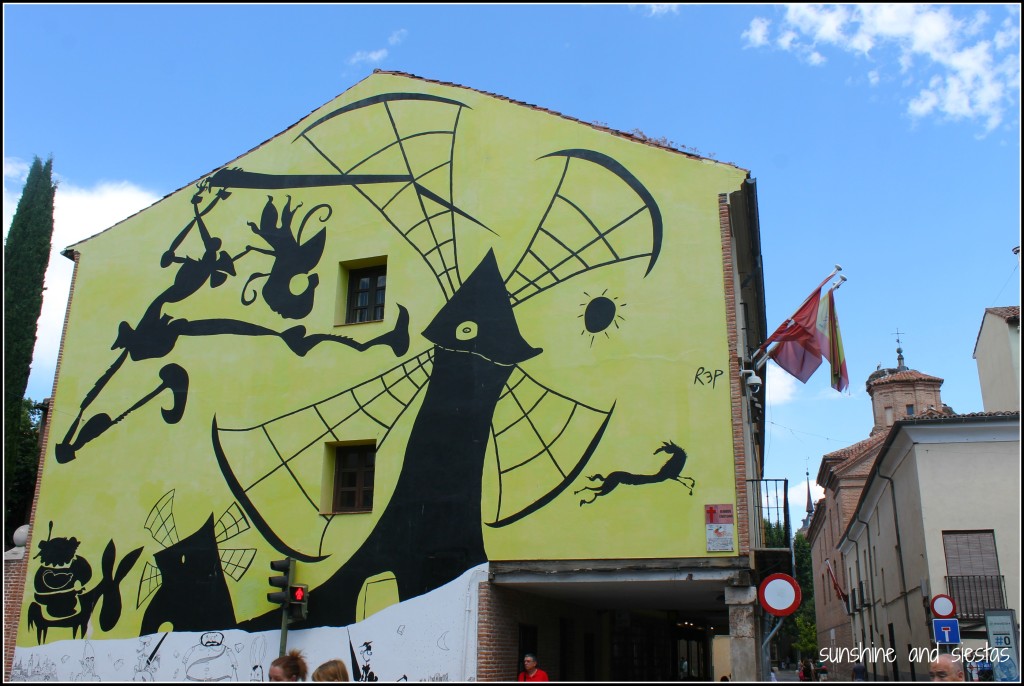
The museum is small and will take you 30-45 minutes. See the room where he was born, rare conditions of Don Quijote and a glimpse of life in the 16th and 17th centuries.
Open Tuesday thru Sunday; hours vary. Entrance to the museum is free.
Calle Mayor
At nearly 400 meters, Spain’s longest arcaded street has seen famous inhabitants, whose houses are marker by small plaques, and was built along the old Roman road. The arcades are entirely in stone, transporting you back centuries – even as you pass modern shops.
As the prinicipal road in the former Jewish quarter, many of the smaller sidestreets have names to signal what they once sold or the sorts of businesses that could have been found there. Also of note is Pasaje de las Irlandesas. Connecting Calle Mayor and Calle Escritorios, the street was once called Calle Peligro (danger) for the sinister and immoral behavior that happened there.
Catedral Magistral de los Santos Niños Justo y Pastor (Plaza de los Santos Niños, s/n)
At the end of Calle Mayor sits Alcalá’s striking magistral cathedral. Consecrated in 1514, making it the oldest cathedral in the Comunidad de Madrid and only one of two worldwide to be considered a magistral (the other is St. Peter’s in Leuven, Belgium).
You can visit the cathedral as well as the monastery (combination ticket required) starting at 6€. Open every day but Sunday for touristic visits.
Museo Arqueológico y Paleontológico de la Comunidad de Madrid
Learn about Alcalá’s Roman origins with a self-guided or guided tour. From the first century through modern times, the museum traces the Community of Madrid’s tumultuous history.
Open Monday to Saturday from 11:00 a.m. to 7:00 p.m., Sunday and holidays from 11:00 a.m. to 3:00 p.m. Free.
Universidad de Alcalá (Plaza de San Diego, s/n)
After lunch, doubleback to the Plaza (or stop for a bite around the cathedral) and visit the Universidad de Alcalá. The alma mater of some of Spain’s most renowned scholars and minds, it is THE reference for the Spanish speaking workld and the place where the coveted Premio Cervantes is awarded each year. Apart from its prestige and historical value, it’s breathtaking. Don’t miss the Renaissance façade, the Colegio Mayor de San Ildefonso and the Paraninfo, where illustious names have received their degrees.
I’d suggest taking a guided tour, which starts at the Plaza de San Diego – it’s the best way to learn about the long and fascinating history of the campus (and it’s under 5€ if you have a carnet joven or are under 26!) and the role it still has in Spain’s educational system and in becoming the first city planned around an institute of higher learning in Spain.
For more information about tours, check out the UAH Cultura page or book a tour (Spanish only) here. Tours last 45-60 minutes, cost 6€ and are available at various times of day and every day of the week. Closed Sunday afternoons.
If you’ve got time: Complutum Roman Site and Casa de Hippolytus.
Located about 20 minutes walking to the west of the city center lie the ruins of the Roman city that preceeded Alcalá. You can visit several outdoor ruins sites, plus a small museum housing artifacts recovered at the site.
This is a great activity for families, as it combines indoor and outdoors exhibitions, plus opportunities for workshops and activities.
Guided tours in Spanish are free, but you must reserve your spot. Antiquarium y Ciudad de Complutum is located at Calle Antonio Suárez, rotonda, and the Casa de Hippolytus atAvenida de Madrid, s/, next to the municipal sports pavillion. Closed Mondays.
Where to eat in Alcalá de Henares
With its student population, many bars will include a heaping tapa in the price of your vermouth or beer, but there are also great places at a fraction of the cost of a Madrid restaurant. Many bars and restaurants are clustered around Calle Mayor and the Plaza de los Niños Santos.
- Low budget: Índalo tapas is an institution. Sidle up to the bar and play tapas roulette, or simply order off-menu. Kitchen doesn’t close, so I’d suggest going early or late (C/ Libreros, 9; closed Mondays).
- Mid-range: If you’re looking for a menú del día to fill up, try La Seda. Three courses and a drink will run you about 15€ on the weekends (C/ Diego de Torres, 2; open daily).
- Luxe: Try the traditional dishes at the Parador de Alcalá de Henares (C/ Colegios, 8). Housed in a former monastery, the architecture is old meets new – much like the city itself. Lunch should set you back about 30€ a head. If that’s out of your price range, stop in for a cafelito later.
A little history of Alcalá de Henares
The Novio and I walked arm-in-arm through the winding streets of the city, stumbling upon sun-dappled plazas and retracing the footsteps of Cervantes, Caredenal Cisneros and other prominent Spanish figures. Founded during the Roman times on the confluence of the Henares River before being handed over to the Muslim conquest and finally to the Christian reconquest, joining the Kingdom of Castille. Alcalá was also the city in which the Catholic Kings conceded a meeting to Christopher Columbus and agreed to study his claim that the world was, indeed, not flat.
Evidence of the city’s artisan heritage is evident everywhere: woodwork, pottery, crafts and even Islamic influence brought to the university, founded in 1500.

Visiting the city following a springtime trip to see the Manchego windmills that Don Quijote thought to be giants, the hallmarks of El Príncipe de los Genios were evident, from statues of the Man of La Mancha to bars hailing Sancho Panza, the voice of reason in Cervantes’s most famous title. It certainly gave me context to the man who wrote the Spanish novel I’ve yet to tackle (I’ve had a 400th Anniversary edition for two decades).
And the bonus fact you never asked for: Saint Didacus was born in my husband’s pueblo of San Nicolás del Puerto and died in Alcalá de Henares.
If you go: Alcalá de Henares is a quick cercanías trip from Madrid – it will take you 40 minutes on the C2 or C7 line from Atocha – roundtrip is 11€. Large city festivals include the Día Cervantino on September 9th and Día del Libro on April 23rd, the day marking both Cervantes and Shakespeare’s deaths.
You can also take this article with you via GPS guided post! Download GPSMyCity and purchase the guide, which helps maintain Sunshine and Siestas operating costs. The best part is that you can use it offline!
Have you ever been to Alcalá de Henares or another UNESCO World Hertiage site in Spain?


